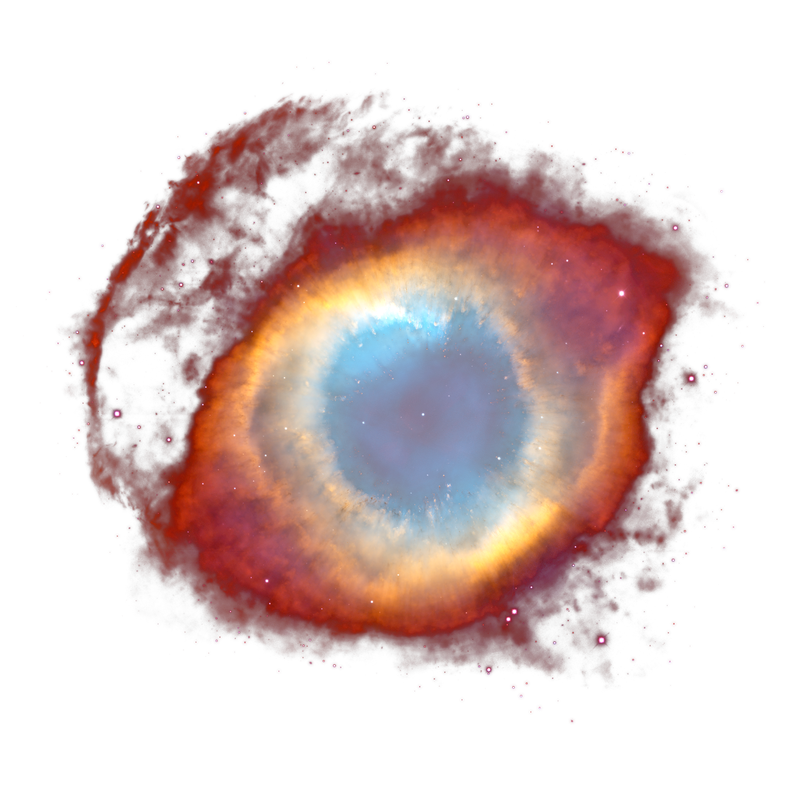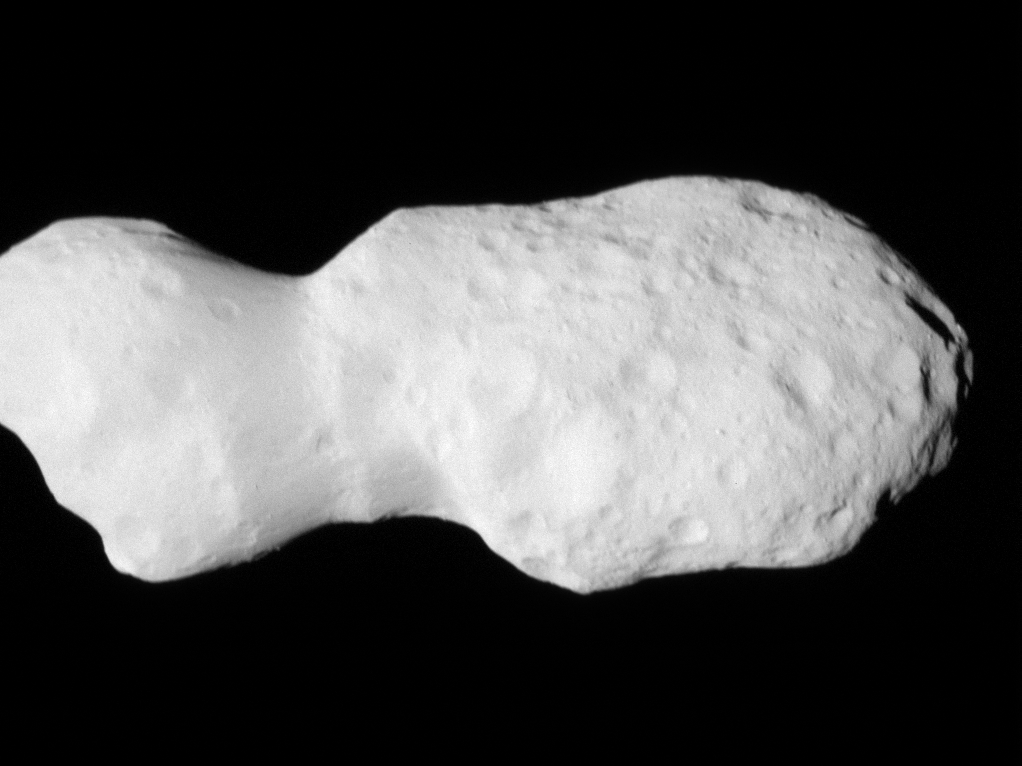- cross-posted to:
- science@midwest.social
- cross-posted to:
- science@midwest.social
The spacecraft has begun returning images that were collected as it flew approximately 600 miles (960 km) from the asteroid Donaldjohanson on April 20, 2025.
Always so strange and wonderful to see how these objects, entirely free of atmosphere or storm, can have such a “soft” look - with craters seemingly buried under a layer of snow or paste, or something. I wonder if that would be that be due to the phenomenon of regolith moving via “seismic shaking”, which is supposed to partially bury smaller features in these asteroid landscapes. Even these preliminary images have enough detail and apparent features to beguile the eye.
DJ definitely doesn’t appear as “soft” as Deimos or Atlas (out by Saturn), but those two moons are quite a bit larger than this inner main belt asteroid. A lovely reminder that there’s a lot to see in the Belt.
The numbers of objects we have observed / plotted in the belt are likely dwarfed many fold by those not observed. So yes, there’s a lot to see in the Belt :)
Here’s a very quick and dirty 3D model from Doug Ellison posted on Sketchfab:
https://sketchfab.com/3d-models/asteroid-dj-from-gif-a213e65bd25c484dab2e6c1d56d29a56
Credits: NASA/Goddard/SwRI/Johns Hopkins APL
I read that as asteroid Don Johnson

O long johanson
If my logical thinking serves me well, there’s no chance to survive interstellar travel. Look at thar thing! Its full of craters. It’s been bombarded by tiny super fast collisions. How can anything survived that in space and keep people alive too?
It has been out there for
billions of~150 million years to get that way.How many years did you think it would take us to get to a habitable planet?
The ship would be a living ship for a long long time. The space station already has been hit by micro meteors. Imagine what would happen to a larger ship away from the protection of the earth.
It’s been bombarded by tiny super fast collisions.
When we consider that it’s about 5 miles (8 km) long and 2 miles (3.5 km) wide, then some of those craters took good hits. I assume any future interstellar craft would need some sort of force field or be armor plated to protect from it from such collisions.
You’re not wrong about this thing being bombarded by tiny collisions, but we should note that the impacting bodies that made the craters visible in these images were a lot larger than dust or sand grains. It’s not surprising to see an object like this, within the asteroid belt, covered in simple bowl-shaped craters. From what the New Horizons probe to Pluto and the Kuiper Belt has seen, however, even dust grains are actually pretty sparse in the outer solar system. Even if there actually is a “second Kuiper Belt” as some of the NH team proposes, it isn’t that dusty. In interstellar space, I would expect dust grains to be even rarer, let alone sand or pebbles.
That being said, interstellar probes will definitely need some form of protection from hypervelocity impacts, however rare they may be. That’s one good reason we should be looking seriously at more modest (and more feasible) proposals for spacecraft that will reach large but attainable distances beyond the heliosphere (say, 75 billion kilometres out from the Sun). The best way to verify the dustiness of nearby interstellar space is to measure it directly. Scouts have their value.



